The second in our series of photo essays bringing the best of Norway's stunning natural environment to your screen. This time out, we focus on the northern lights.
Following on our look at the Norwegian relationship with the water, this time we turn our heads to the skies. They are on the bucket list of many travellers, but how much do you know about the strange, green light show?
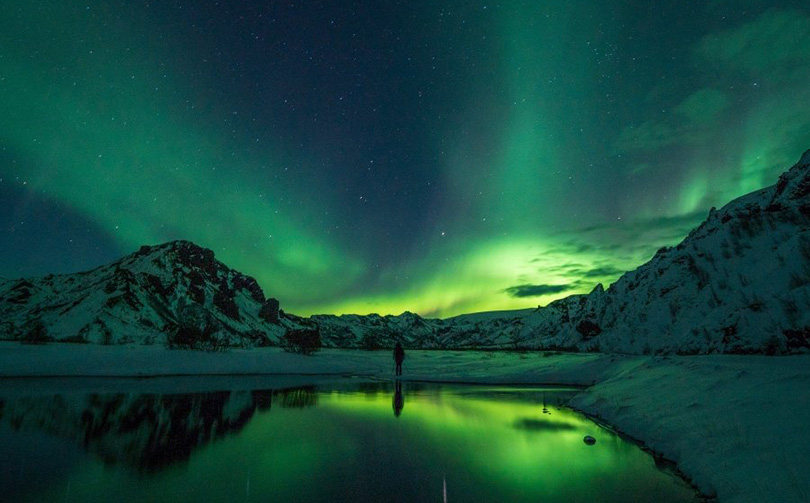
The northern lights – or aurora borealis to give them their scientific name – are one of Norway's many natural wonders.
A northern lights professional
Pictured above is Trine Risvik from Tromsø Friluftsenter. I interviewed her a few years ago about the tours she runs for visitors from all around the world:
“The whale safari attracts more Norwegian and Swedish people, whereas the northern lights and reindeer sledding is definitely for the foreigners. We’re seeing increased numbers from Asia. I’m told in many Asian countries seeing the northern lights is considered a blessing, so many people save up and come over.”
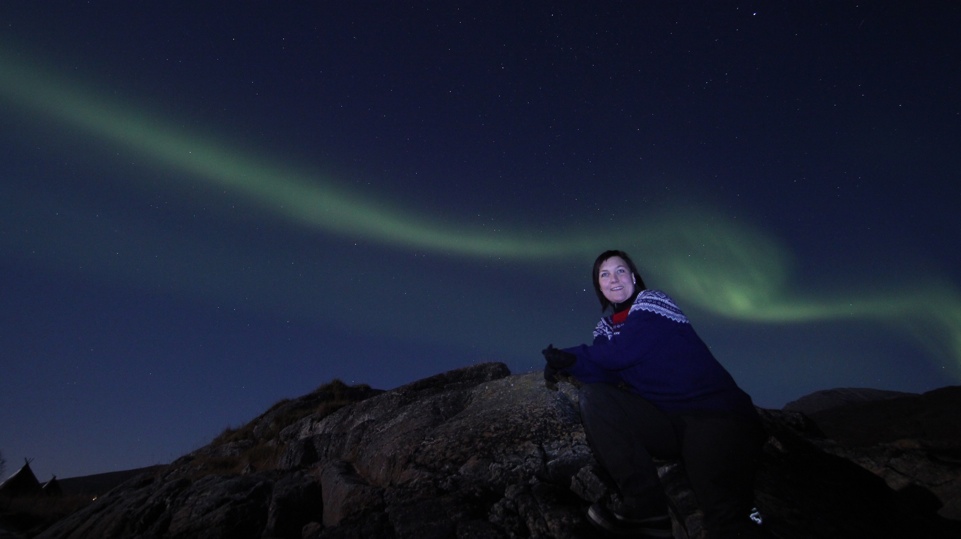
So, what causes the northern lights? The phenomenon originates on the surface of the sun. Solar activity regularly ejects a cloud of gas called a coronal mass ejection (CME). Between two or three days later, the gases sometimes reach Earth.
Read more: Northern Lights Travel Guide
If that happens, the gas collides with the magnetic field of the earth. This collision causes complex changes to the magnetic tail region that generates currents of charged particles. These then flow along lines of magnetic force into the Polar Regions.
When the particles collide with oxygen and nitrogen atoms, they produce the lights around 100km above the surface, even though it can seem a lot closer!
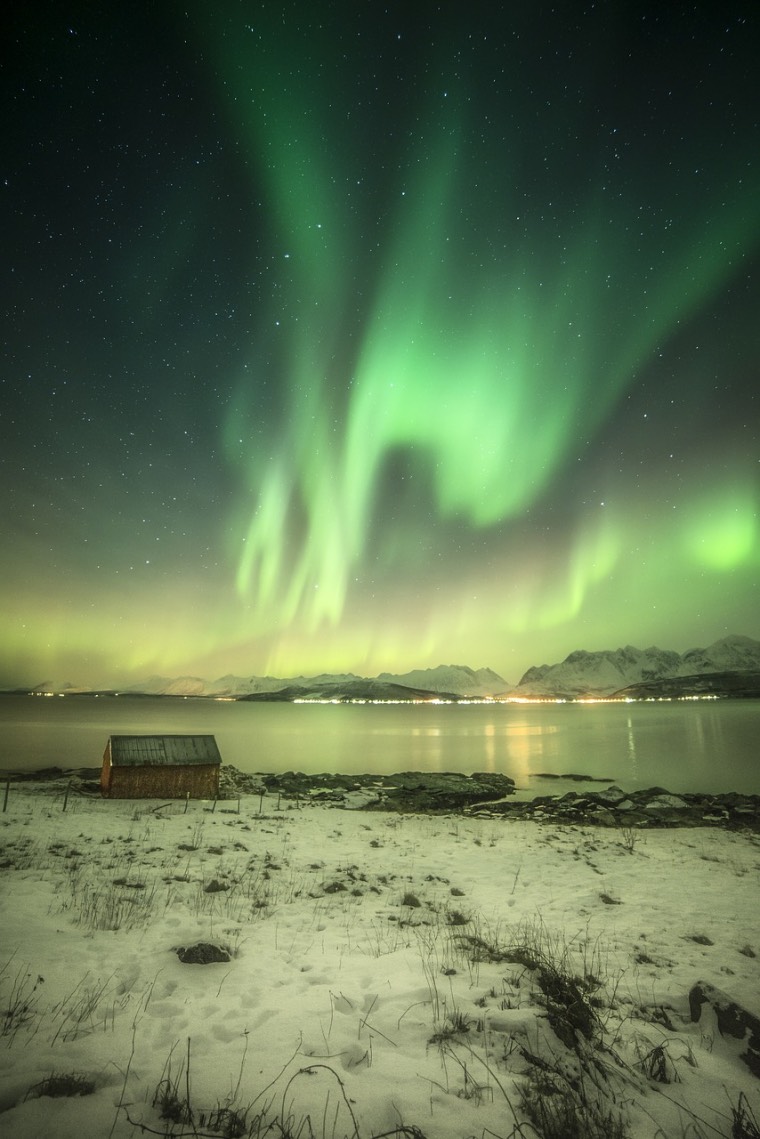
Contrary to what many people think, the lights don't just “come on” when it's dark. The phenomenon can happen at any time of day, but we can’t see them with the naked eye unless it’s dark.
The earliest known record of the aurora appears to be from a Babylonian clay tablet from observations made by the official astronomers of King Nebuchadnezzar II, sometime around 567-568 BC.
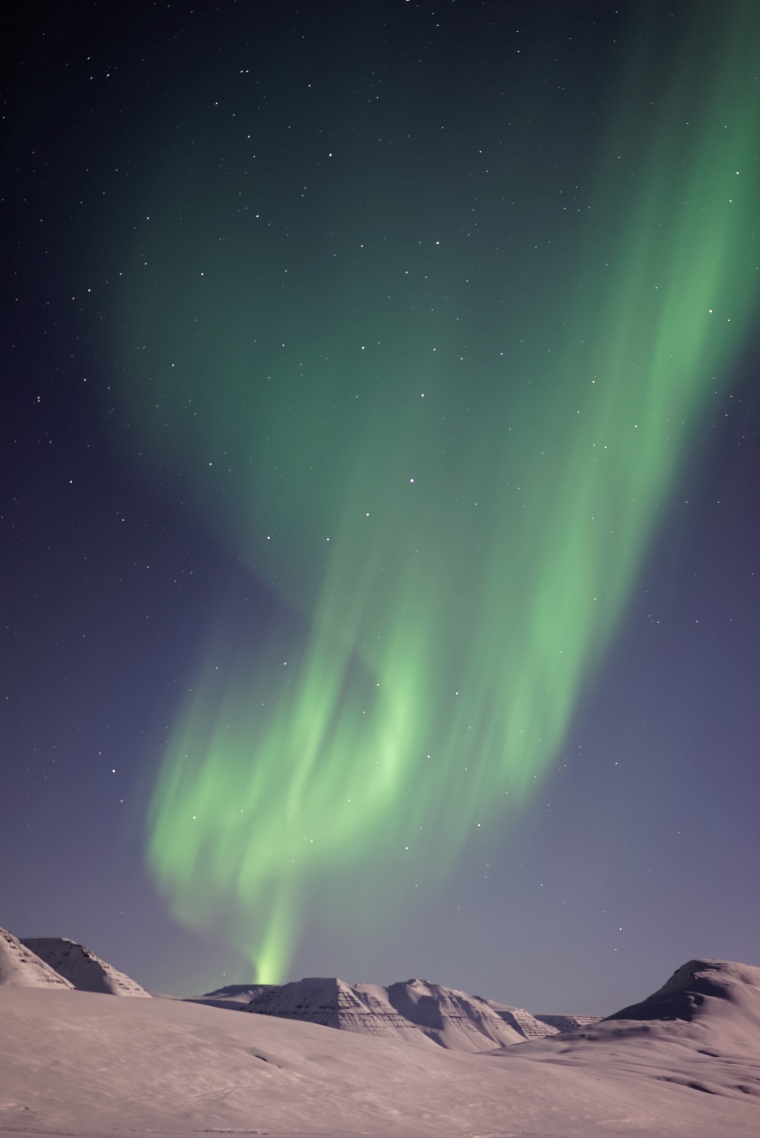
Northern peoples have long seen the lights and they were for many years shrouded in myths and legend.
Some North American Inuit say the spirits of the dead are playing football with the head of a walrus, while other legends warn children that the lights might snatch them away.
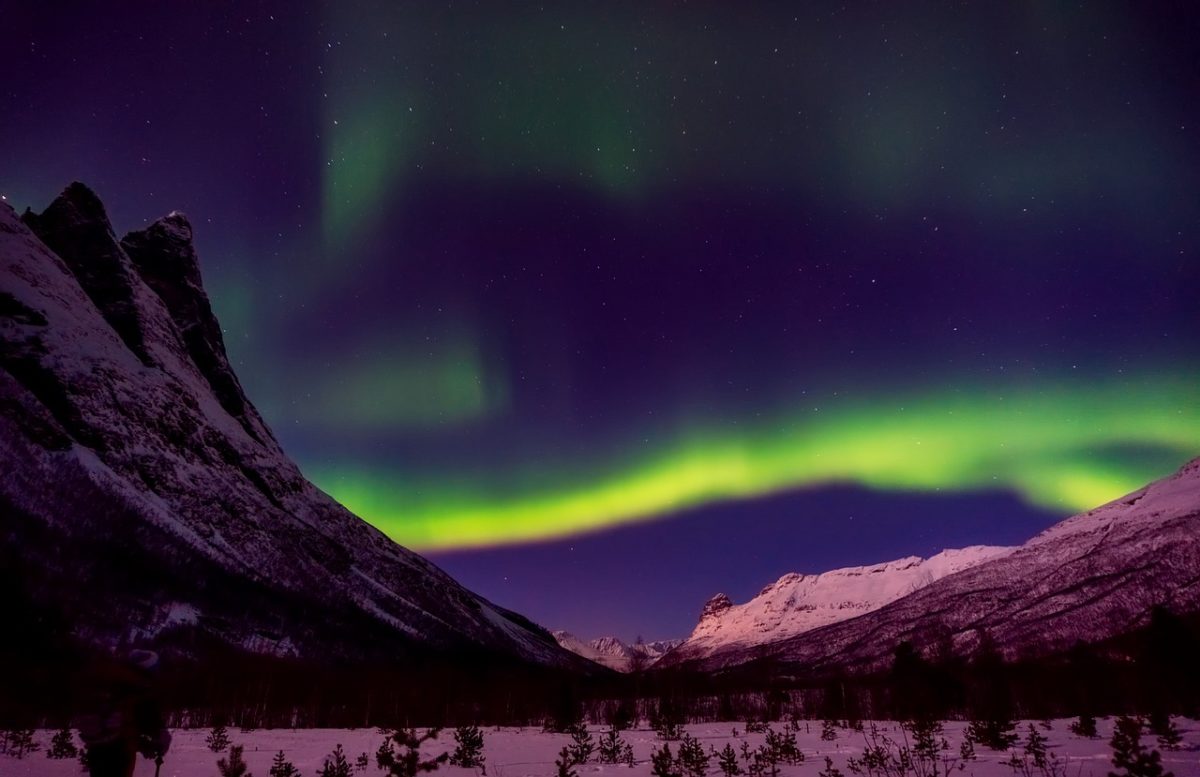
Although the lights can be seen regularly at high latitudes (with northern Norway in particular one of the best places in the world), the biggest solar flares can cause major geomagnetic events.
When this happens, the flux of particles is so high that they can penetrate the Earth's atmosphere at lower latitudes, making the lights visible much further south.
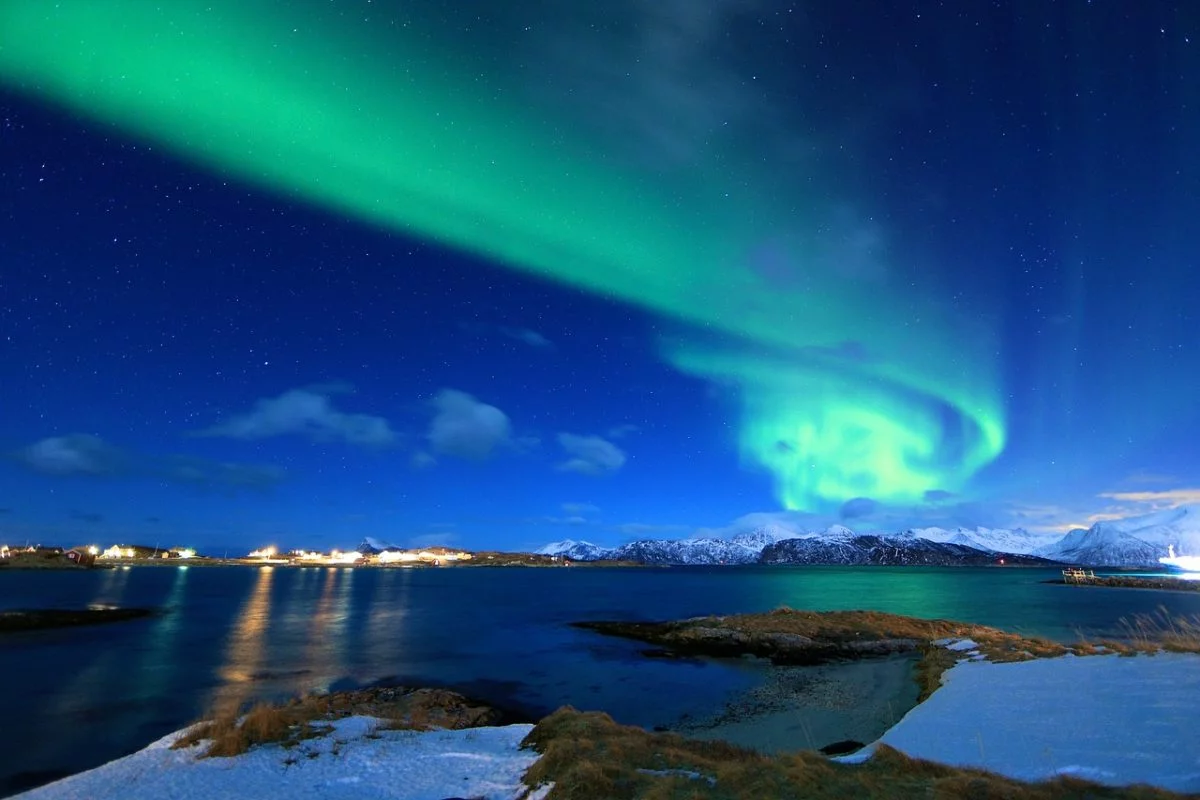
The same phenomenon happens at the South Pole although given the distribution of land on the planet, far fewer people get to see the aurora australis.
When it comes to planning a trip to see the northern lights in Norway, the most important thing to bear in mind is that there are absolutely no guarantees.
However, it’s true to say that you can do several things to increase your chances. The basic requirements are simple: total darkness and a clear sky.
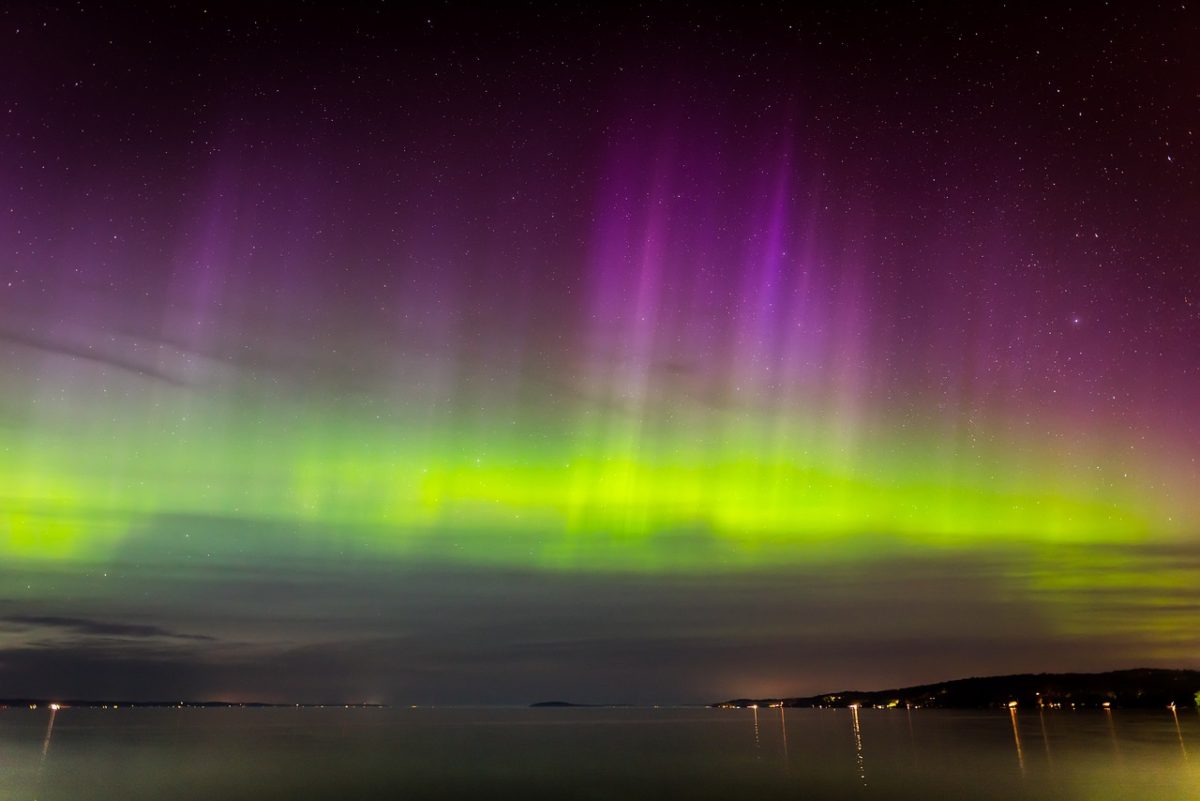
This immediately rules out the summer months in northern Norway, as the midnight sun ensures light throughout the season, day and night. Getting away from coastal areas (where there is an increased chance of cloud cover) and the lights of a city are also good ideas.
If you monitor the Sun and observe strong disruptions, you can expect a display of northern lights a couple of days later. Thanks to modern technology, this is no more difficult then looking up the latest weather forecast.
Several websites predict the likelihood of a strong display and although the predictions are rarely perfect, following them does increase your chances.
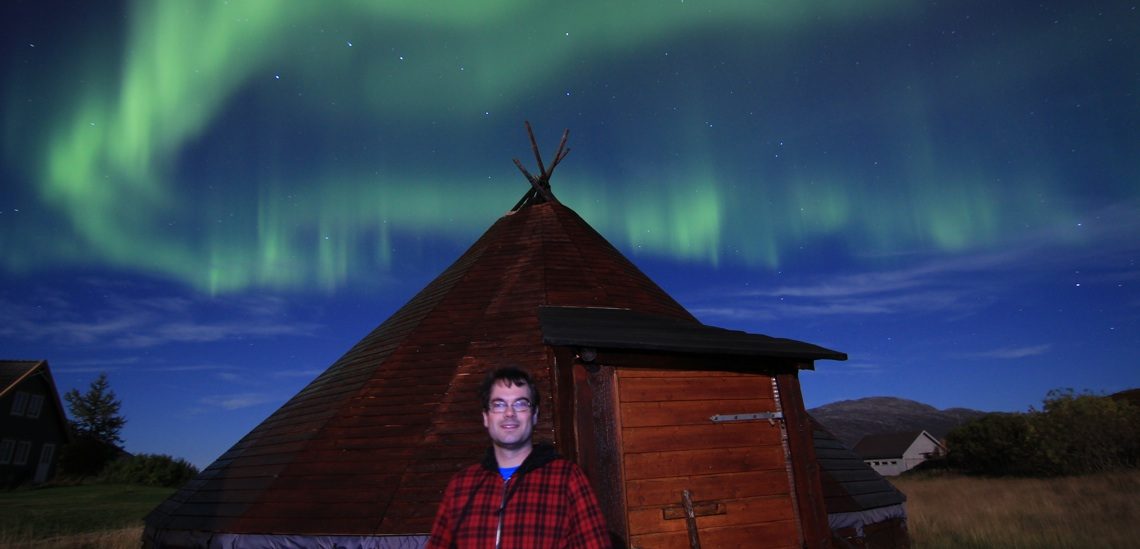
This was me the first time I saw the lights, somewhere near Tromsø.
Chasing the northern lights is an incredible experience, just as much about the journey and the camaraderie as seeing a display.
Sometimes you will be standing outside in the cold for hours at a time, and no matter how well dressed you are, you are going to feel the temperature.
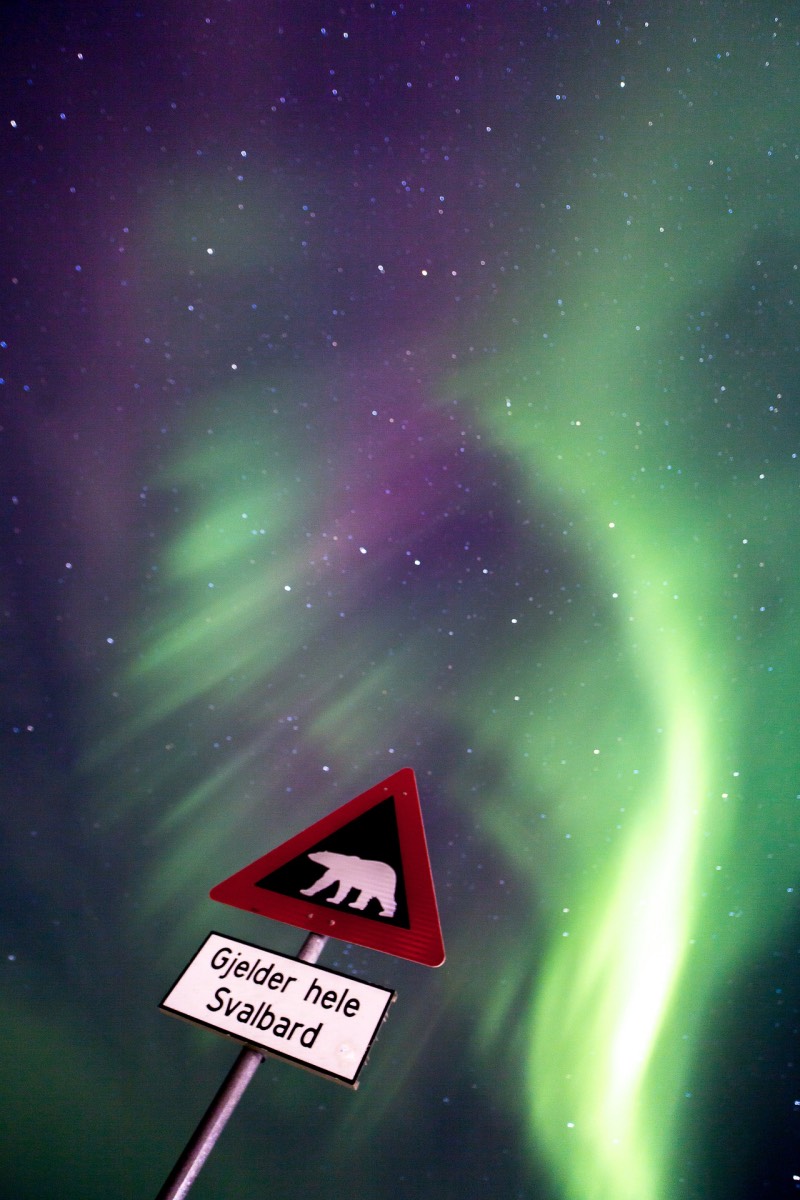
Be prepared!
This final short timelapse shows it's possible to see the lights from Tromsø itself. Watch out for the two airplanes shooting across the video!

